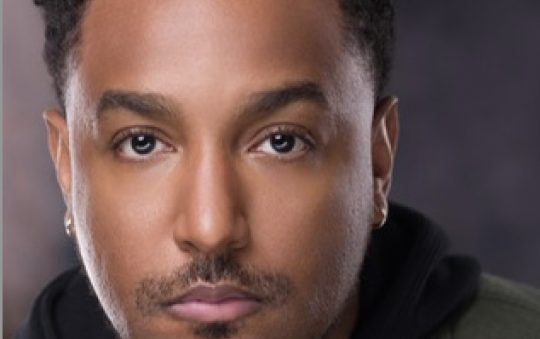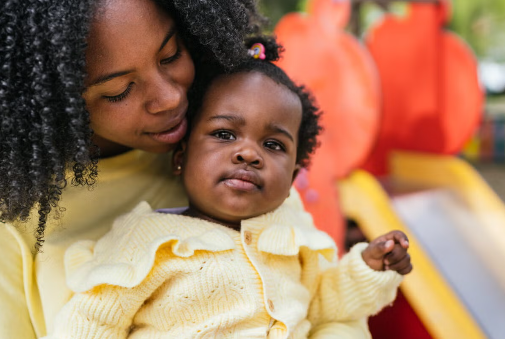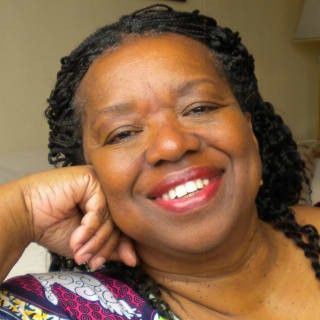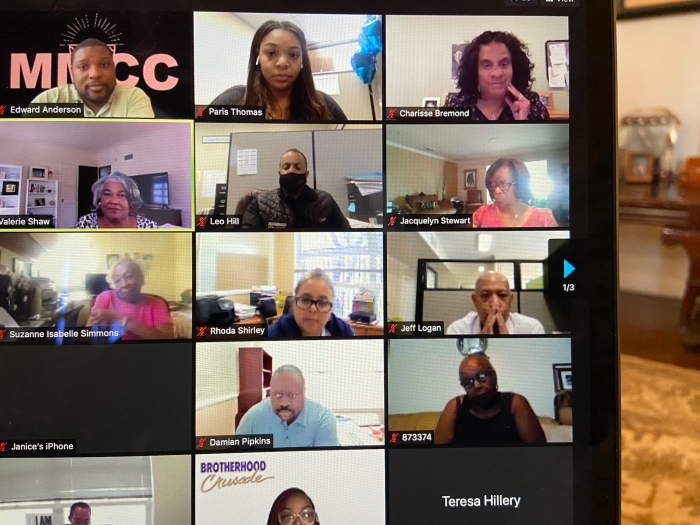
More African Americans are needed to participate in the public hearings conducted by the Los Angeles City Council Redistricting Commission, especially if the Black community desires to retain a degree of power in the city.
The hearings are part of the redistricting process, which calls for city council district (CD) boundaries to be adjusted after the completion of the census. The L.A. city charter requires that each district be approximately equal in population size. A 21-member citizen’s commission is charged with drawing the borders based on data from the 2020 census.
Holding hearings allow commissioners to hear directly from citizens about the criteria that comprise individual neighborhoods as well as learn about the interests, concerns and resources that are important to residents of L.A.’s various communities.
To ensure that African American issues are considered, the Black redistricting commissioners – the Rev. Edward Anderson, Charisse Bremond-Weaver and Valerie Lynne Shaw – hosted a Zoom meeting with more than 75 community leaders on August 26 to explain why redistricting matters and the critical reasons Black voices must be part of the process by attending the public hearings.
Anderson, the pastor of McCarty Memorial Christian Church, was appointed to the commission by CD 10 Councilmember Mark Ridley-Thomas. Bremond-Weaver, president/CEO of the Brotherhood Crusade, was selected by Mayor Eric Garcetti. Shaw, a California Community College System governor and former public works commissioner, was assigned by CD 8 Councilmember Marqueece Harris-Dawson.
“We know there was an undercount [of the Black population] during the census. In order to rectify the undercount, we need to hear your stories so you don’t get erased. Black erasure should not be on our watch. We should reclaim our neighborhoods by lifting them up,” declared Anderson.
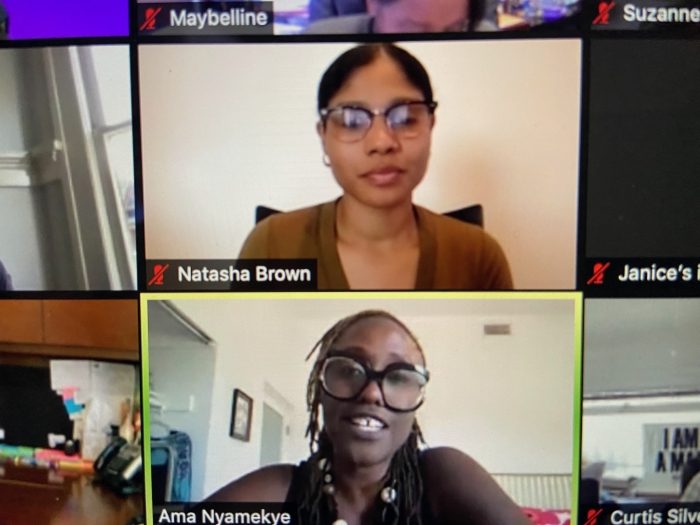
Concurring with that statement, Bremond-Weaver urged, “Your voice about what is important in the district – from businesses to churches to senior centers to parks to any treasures in the Black community that need to stay in the Black community – needs to be heard. The best way to address that is having your voice documenting what you would like in your community and ensuring that every aspect of our community remains whole.”
Shaw noted, “The future of local Black power will be determined in the next four months. We need you, your voice and your concerns to identify your areas of interest and to fight to maintain our role in this great city.”
Citing the decline in the city’s Black population to 8%, the commissioners recommended that the African Americans unite and participate to maintain resources that enhance those council districts where the majority of Blacks reside.
In the last redistricting effort, 10 years ago, the commissioners said Blacks lost power when the CD 9 boundaries were redrawn to place downtown L.A. in CD 14. In the same process, USC was moved from CD 8 to CD 9 and the Baldwin Hills Crenshaw Plaza Mall was divided between CD 8 and CD 10.
“It didn’t only happen to us. Koreatown was divided into four council districts and Pacoima into three. Being cut up into numerous council districts diminishes the power of a neighborhood,” said Shaw.
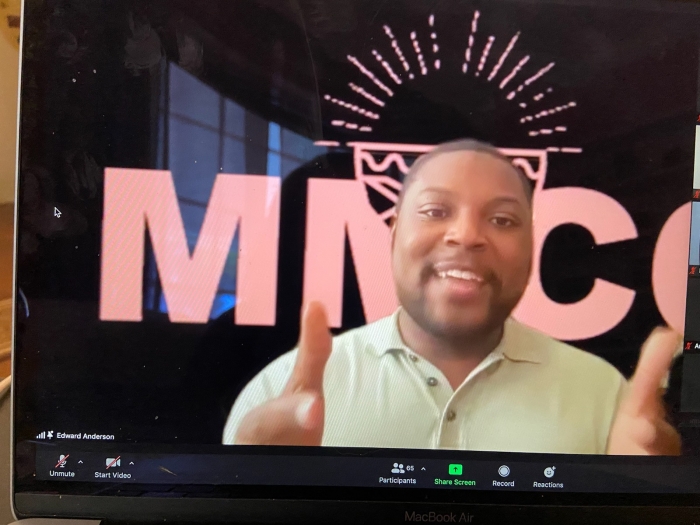
With an emphasis on preventing a similar occurrence in 2021, Bremond-Weaver presented Ama Nyamekye, project manager for the California Black Census Redistricting Hub, and Natasha Brown, Hub organizing coordinator, to outline how their network of 30 Black groups are maximizing African American involvement in the process.
Nyamekye said the Hub’s goal was to ensure that redistricting takes into account issues such as criminal justice reform, affordable housing, equitable development, and a more inclusive economy that includes “Black and Brown folks.” Another concentration is on investment in Black technical, data, and civic engagement infrastructure.
“Our charge is to make sure there is a Black map that reflects the voices and will of our Black communities across California and that it is rigorous and driven by data. We’re also trying to make sure there is a complete and accurate count of Blacks, particularly given that we have a history of being undercounted and a legal history of being disenfranchised,” she stated.
“Our numbers may be 8%, but our voice has always been very loud. The ability to hold democracy accountable is something that’s uniquely Black, so we want to make sure we are mobilizing people in our community,” said Nyamekye.
Although relatively small, the Black community is highly influential, Brown insisted, as she reviewed how the Hub held sessions with communities of interest (COIs) in the L.A. area. The Hub identified South Central, Leimert Park, Skid Row, Watts and North Hollywood as some of the Los Angeles COIs with notable Black populations. The sessions helped Hub staff to ascertain the strengths, assets, threats and weaknesses affecting African Americans in Los Angeles.
“As we saw from the social justice uprisings and protests this past summer, that took a lot of community organizing and civic leadership that was spearheaded by the Black community in Los Angeles,” she said.
Cultural influence and contributions, communications and narrative building, and activated voting block were other strengths of Black L.A. that Brown cited. Some of the threats, beside the undercount, include erasure due to gentrification, homelessness and mass incarceration, acute impact of COVID-19, and the digital divide.
“Lacking strong Internet access really affects the way our community is able to participate,” said Brown.
A portion of the meeting highlighted the Districter mapping tool located on the redistricting commission’s website. The user-friendly tool allows residents to draw a map of the boundaries of one or more proposed council districts and submit it to the commission as public testimony. Paul Mitchell of Redistricting Partners led a brief tutorial on the various abilities of the software program.
After a Q & A period, Robert Battles, L.A. City Council Redistricting Commission associate director of community outreach, announced the schedule of upcoming public hearings, which are all held online via Zoom. CD 9 will be the focus of the Sept. 2 meeting at 6 p.m., and CD 8 will be discussed at the Sept. 8 meeting at 6 p.m. On Sept. 11 at 10 a.m., a citywide public hearing will be held.
Residents can attend any meeting to give testimony about their neighborhood. To participate, visit laccrc2021@lacity.org. The website also features links to the L.A. County Redistricting Commission, the LAUSD Redistricting Commission and the State of California Redistricting Commission.
“We need you to come forth, testify, bear witness and stand up for our community. Testify about your power, representation, and your community. Come out to the hearings. We want to hear where you worship, what your community is like, where do you shop and what are your district’s boundaries,” urged Anderson during concluding remarks.
“We invite you to join us – me, Charisse and Valerie – in this effort to make sure that Black L.A. is represented so that 10 years from now, we can look back and say, ‘We did the right thing. We made a Los Angeles that was equitable, just, and that took Black power seriously.’ We hope you will do that with us.”




